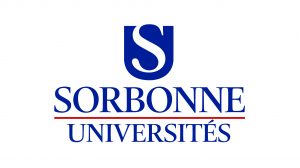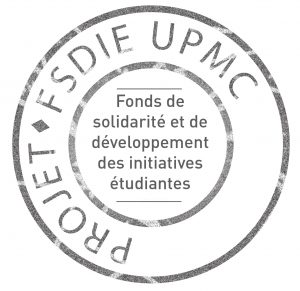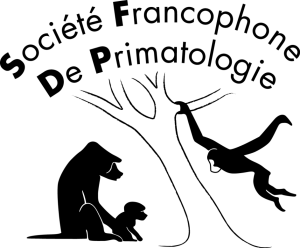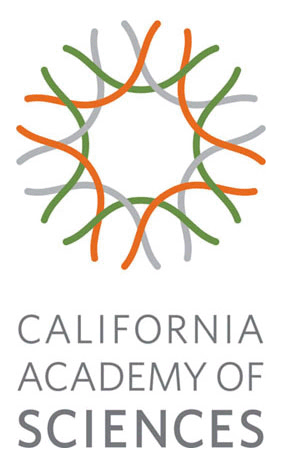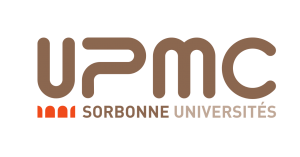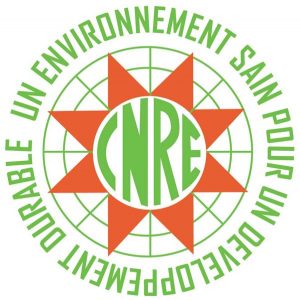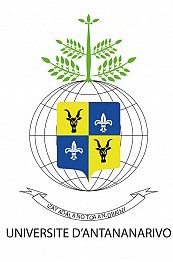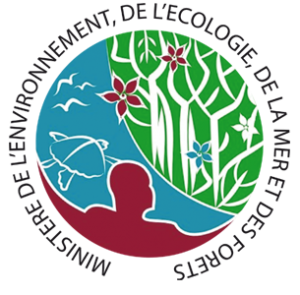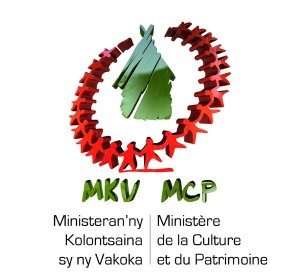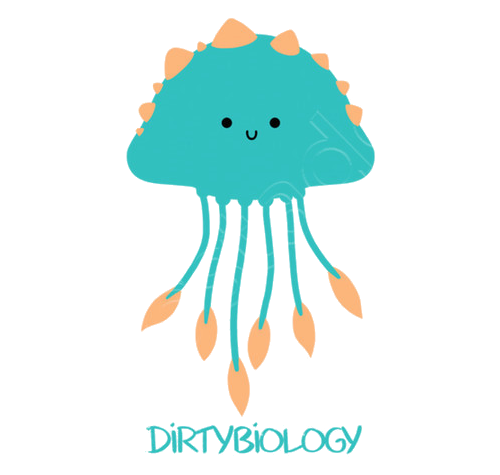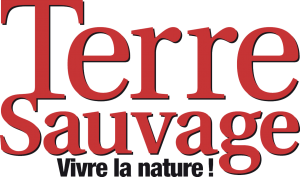Durant l’été 2017, Naturevolution a organisé une nouvelle grande expédition scientifique pluridisciplinaire dans le massif du Makay à Madagascar, la quatrième depuis 2010. Accéder au journal de bord de l’expédition.
The expedition in two words
Cette nouvelle mission scientifique s’est déroulée du 22 juillet au 2 septembre 2017. Elle a eu lieu exactement dix ans après la première traversée du Makay : un événement qui a déclenché la fondation de Naturevolution, les premières expéditions scientifiques menées en 2010 et 2011, et la création de la Nouvelle Aire Protégée du Makay.
Dans ce massif, situé dans le centre-ouest de l’île, une érosion de plusieurs centaines de millions d’années a entaillé le relief de profonds canyons et vallées. La vie s’y est réfugiée et développée en quasi-autarcie, y occupant toutes les niches écologiques vacantes. Dans ces écosystèmes isolés, vierges de toute observation humaine, la biodiversité s’est épanouie et diversifiée jusqu’à conduire à l’émergence de nouvelles espèces.
A collective enterprise
Sous l’égide de Naturevolution, plusieurs acteurs ont réuni leurs compétences pour faire de cette mission une réussite à plusieurs niveaux. La Société des Jeunes Aventuriers d’abord qui a constitué la première trame de l’équipe scientifique avec 5 étudiants du Museum National d’Histoire Naturelle de Paris. Les Gens Bien Productions et Arte, le youtubeur Leo Grasset (Dirty Biology) ainsi que NatExplorers, un duo de biologistes et médiateurs scientifiques talentueux, ont tous à leur manière filmé et valorisé le travail des scientifiques ainsi qu’explicité les problématiques de conservation.
Aurélie Calmet, l’illustratrice habituée des expéditions de Naturevolution, a amené pour la première fois ses carnets et ses pinceaux dans le Makay. Enfin, l’expédition a réuni plusieurs dizaines d’écovolontaires venus prêter main forte aux scientifiques, découvrir le Makay et contribuer au financement de l’expédition.
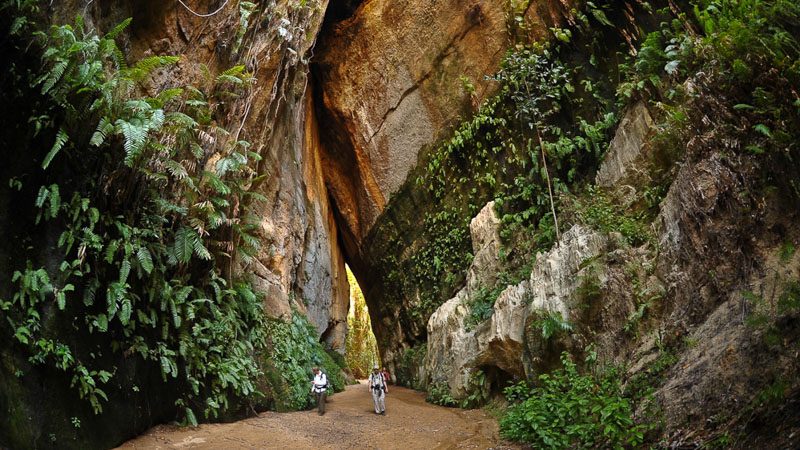
A participative scientific mission
For the first time, Naturevolution has taken a large number of ecovolunteers on a scientific expedition, attracted by the prospect of contributing to research projects, helping to conserve the Makay and experiencing an adventure in a remote and grandiose natural environment.
Cet agglomérat de bonnes volontés a surtout permis, dans l’esprit des sciences participatives, de réaliser en simultané des projets de comptage et de cartographie des densités d’espèces (entre autre, de lémuriens) dans les principales zones forestières du Makay : Menapanda, la plus grande forêt du Makay ; Makaikely au sud, une forêt engoncée dans de magnifiques canyons qui n’avait encore donnée lieu à aucune étude ; Mahasoala au nord, la 2ème forêt du massif, également vierge d’études scientifiques jusqu’alors.
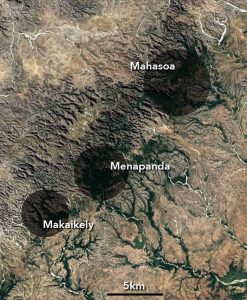
-> Find out more about our ecovolunteer missions
Projects and scientists
This new scientific expedition to the Makay was the first to take place during the dry season. Although this did not make observations any easier, which are easier in the wet season, it did allow us to study the flora and fauna in the transition from this difficult period. This expedition was also the first to study the Makaikely and Mahasoa forest areas, two of the largest forests in the Makay, located respectively to the south and north of the great Menapanda forest.
Lemurs
Gaëtan Deltour (Naturevolution) and Anselmo Andriananandrasana (GERP)
An emblematic animal of Madagascar, it is also one of the most threatened mammals on the planet: 94% of lemur species appear on the IUCN red list, making their conservation a priority. The Makay, with 9 confirmed species of lemur, is one of the places in Madagascar with the greatest diversity of species. A major project was launched this summer to study and monitor the lemurs of the Makay.
Cartographie des populations
Setting up exhaustive monitoring of lemur populations with systematic mapping of the groups encountered. To help the ecovolunteers identify these animals, CLEMURS, a unique mobile device tool created at MNHN, was tested on site.
Etude de l’adaptation au milieu
Anatomical and morphological studies using captured specimens have enabled us to gain a better understanding of how these animals adapt to this unique environment.
Etude de régime alimentaire
Biological and genetic studies of faeces were carried out to determine the precise diet of lemurs in the Makay, so that reforestation programmes could be adapted accordingly.
Carnivores, Rongeurs et Chauves-Souris
Margot Michaud, Rohan Mansuit, Paul Nicolas (Naturevolution) ; Martin Raheriarisena et Steven Goodman (Vahatra)
Consulter le détail du projet de recherche sur les carnivores et les chauves-souris.
Répartition et capture d’images de fossas
Fossas, elusive feliforms, are carnivores endemic to Madagascar. To this day, little is known about their presence in the Makay. The aim was to find out more about their distribution in the massif and to capture the first images using camera traps.
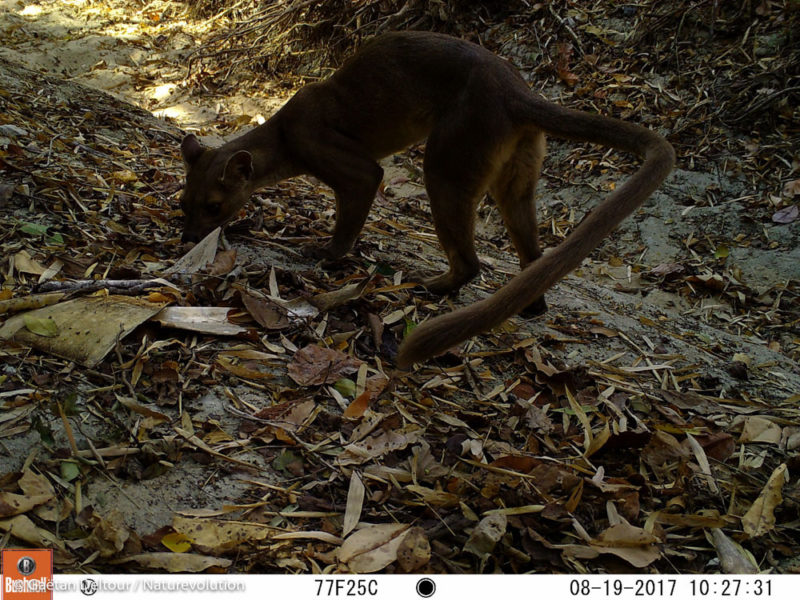
Cartographie des colonies de chauve-souris
Acoustic methods were used to identify bat species and search for new colonies in order to obtain an initial census of populations in the massif.
Etude des rongeurs
Specimens of small lemurs (microcebes) were observed. Rodents were captured at the same time, and morphological and anatomical studies were carried out.
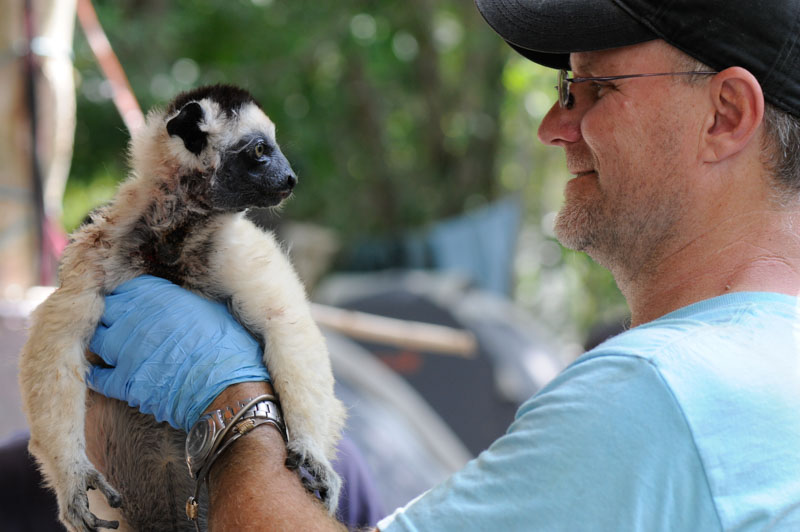
Ferns, Briophytes, Angiosperms and Canarium
Catherine Reeb (Naturevolution) and Rado Ramahandrison (University of Antananarivo)
Inventaire des fougères et angiospermes
This inventory was carried out using both the classic quadrat inventory technique and novel vertical transects on the massif walls to record the flora.
Comptage des canariums des forêts du massif
Canarium is a species of tree whose resin is used in perfumery. The canarium is a species of tree whose resin is used in perfumery. The aim of this impact study was to determine whether the density of canariums is sufficient for small-scale exploitation of the resin to generate additional income for the villagers of Makay and to enhance the value of a healthy forest in their eyes.
Birds
Vincent Roméra (VISU Agency), Anne-Sophie Lafuite (CNRS) and Eric Marcel Temba (University of Antananarivo/Asity)
Inventaire de l’avifaune
Equipés de jumelles, longues vues et appareils photos, l’équipe d’ornithologie a poursuivi l’inventaire de l’avifaune du Makay avec un focus sur les oiseaux de proie. Une base de données de sons et d’images a été constituée pour effectuer un comparatif avec les autres forêts de Madagascar. Le volet ornithologie en détail
Insects and shellfish
Benoît Gilles (Naturevolution) and Jean-François Cart (IUCN)
Collecte et inventaire
Using a wide variety of collection methods, these 2 enthusiasts carried out an inventory of species in the dry season and looked for potential new species.
Archaeology
Antoine Heurtel (Naturevolution)
Cartographie, recherche de nouveaux sites et stratégie de conservation
The discovery in 2010-2011 of 465 rock paintings (the first in Madagascar) highlighted the unique archaeological wealth of the Makay. This priceless heritage has been studied through a mapping programme, the search for new sites and studies with a view to the rapid implementation of a conservation strategy for these rapidly deteriorating sites. Samples of fragments that had fallen to the ground were taken for dating.
Fishes
Megann Texereau (Naturevolution) and Jean Robertin Rasoloariniaina (CNRE)
Inventaire des espèces et étude de milieu
The inventory of fish species in the Makay continued. In 2010-2011, the expedition was marked by the discovery of a new species of Pachypanchax sp. An in-depth study of its environment and range was part of the programme and the animal was found and captured.
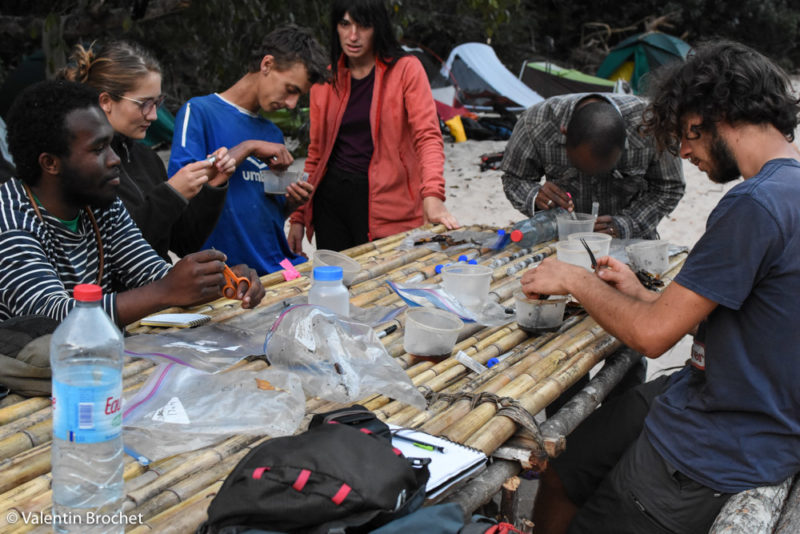
An expedition with a reduced footprint
All-terrain vehicles, which were certainly comfortable but consumed a lot of fuel, were only used when absolutely necessary. Local collective vehicles were used to reach the gateways to the massif, and several connections were made on foot. In the interior of the massif, the equipment was carried on the backs of men, which also provided additional income for the villagers.
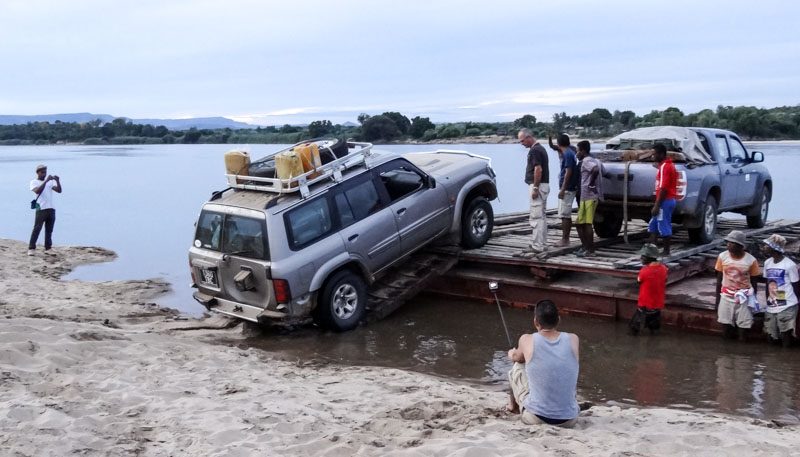
A story in many forms
In order to share this adventure with as many people as possible and continue our efforts to raise awareness of the need to protect lost worlds, we’ve been keen to communicate through as many different channels and in as many different ways as possible.
A daily logbook in text and video
A journalist went on board to give a day-by-day account of the expedition in text and photo format. Evrard Wendenbaum used a number of videos to present the locations explored, the equipment used, the research and actions carried out in the field and the members of the team.
Ces publications ont été diffusées sur le journal de bord, via Facebook et Instagram.
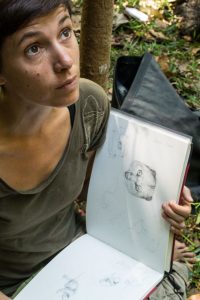
Un documentaire de 52 minutes
Evrard Wendenbaum, en collaboration avec Gil Kebaïli et Les Gens Bien production, a réalisé un documentaire “découverte” sur l’ensemble de l’expédition pour une diffusion en début d’année 2018 sur Arte et dans de nombreux festivals et conférences.
A crazy short film popularising science
Leo Grasset, the dynamic youtuber from Dirty Biology, was there, and the result is excellent!
A scientific web series
The talented scientific mediators from NatExplorers, who were present throughout the mission, produced a video web series on the scientists’ research and the challenges and difficulties of conserving the Makay. These videos were posted on Youtube and social networks. They will also feed into the multimedia library for the world of education that we will soon be putting online on our new website.
Radio operations
Radio appearances included several live interviews via satellite phone on the “Le temps d’un bivouac” programme on France Inter.
Illustrations and exhibitions
The work of the scientists and the animals of the Makay has also been masterfully illustrated by Aurélie Calmet and Alix Thiebault, and their illustrations can be seen on the expedition blog. The expedition also gave rise to a travelling exhibition on the Makay, and will shortly be the subject of a larger temporary exhibition.
A book
After sharing 3 scientific expeditions, Aurélie Calmet (illustrations) and Evrard Wendenbaum (photos) are preparing a joint book. A guide to the flora and fauna of the Makay is also in preparation.


